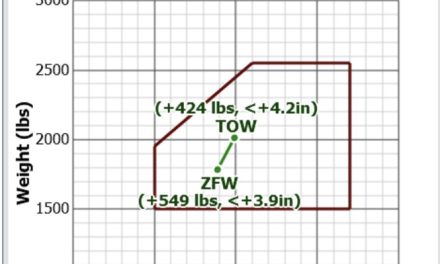Notice Number: NOTC6203
FAAST Blast — Week of September 20-26, 2015
Biweekly FAA Safety Briefing News Update
Simplifying Attitude Indicator Replacements
On September 14, 2015, the FAA published policy statement PS-ACE-03-08, “Replacement of .” The policy clarifies that most vacuum driven attitude indicators can easily be replaced with new electronically driven attitude indicators utilizing the minor alteration process.
Many pilots and operators prefer to replace their outmoded vacuum-driven attitude indicators with new electronically driven systems. The new systems provide for increased reliability and decreased maintenance costs in relation to vacuum-driven systems. In addition, electronically driven systems provide more precise attitude indication, greater internal error-checking ability, and internal redundancy — improving functionality.
This non-regulatory policy statement is part of the FAA’s effort to increase the flexibility of improving aircraft safety quickly and efficiently with new technological advancements. Stay tuned for additional policies from the FAA that will allow owners and operators to improve the safety of their general aviation aircraft.
Seldom Used Services Discontinued by FAA
Remote Airport Advisory (RAA) Service and Hazardous Area Reporting Service, provided within the CONUS by Flight Service, will be discontinued on October 1, 2015. Both are legacy services that are seldom used by pilots.
Enhanced Search and Rescue services now offered by the FAA through the use of personal GPS satellite position monitoring has made hazardous area reporting services obsolete. More information can be found on www.1800wxbrief.com. Pilots can also request VFR flight following from Air Traffic Control (ATC).
In lieu of airport advisory service, pilots may continue to receive airport traffic information on the Common Traffic Advisory Frequency (CTAF). In addition, weather information is available on the local ASOS or AWOS frequency. For more information go to http://www.faa.gov/about/office_org/headquarters_offices/ato/service_units/systemops/fs/
Are You Prepared for the Blur?
In her article “Blurred Lines,” associate editor Sabrina Woods examines causes and cues that lead to spatial disorientation in general aviation. Woods explains how the biological systems that serve us so well on the ground sometimes fall a bit short in the air. She also looks at what you can do to not become one of the statistics. The article is part of the September/October 2015 “All Things IFR” issue of the FAA Safety Briefing magazine, available online at: http://www.faa.gov/news/safety_briefing/





